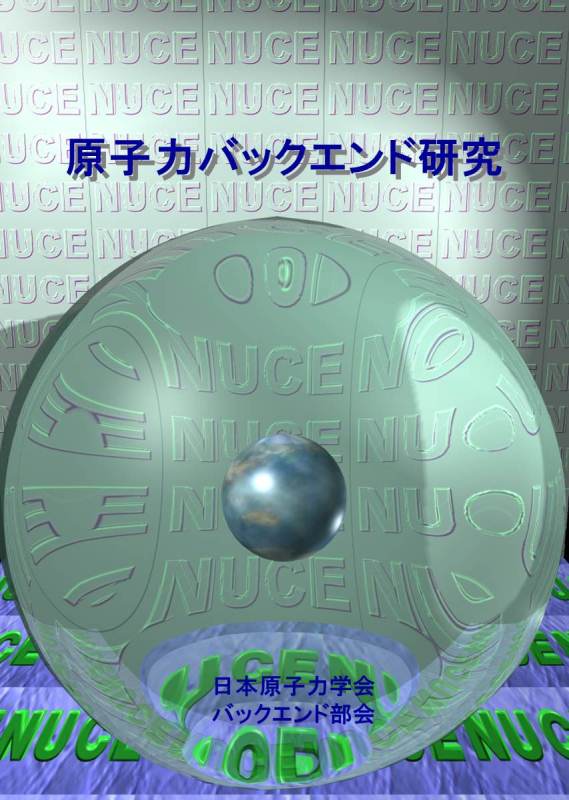Volume 26, Issue 1
Displaying 1-5 of 5 articles from this issue
- |<
- <
- 1
- >
- >|
Research Article
-
2019Volume 26Issue 1 Pages 3-14
Published: June 01, 2019
Released on J-STAGE: July 08, 2019
Download PDF (1754K) -
2019Volume 26Issue 1 Pages 15-23
Published: June 01, 2019
Released on J-STAGE: July 08, 2019
Download PDF (1211K) -
2019Volume 26Issue 1 Pages 24-35
Published: June 01, 2019
Released on J-STAGE: July 08, 2019
Download PDF (1258K) -
2019Volume 26Issue 1 Pages 36-44
Published: June 01, 2019
Released on J-STAGE: July 08, 2019
Download PDF (2094K)
Technical Data
-
2019Volume 26Issue 1 Pages 45-55
Published: June 01, 2019
Released on J-STAGE: July 08, 2019
Download PDF (1760K)
- |<
- <
- 1
- >
- >|
